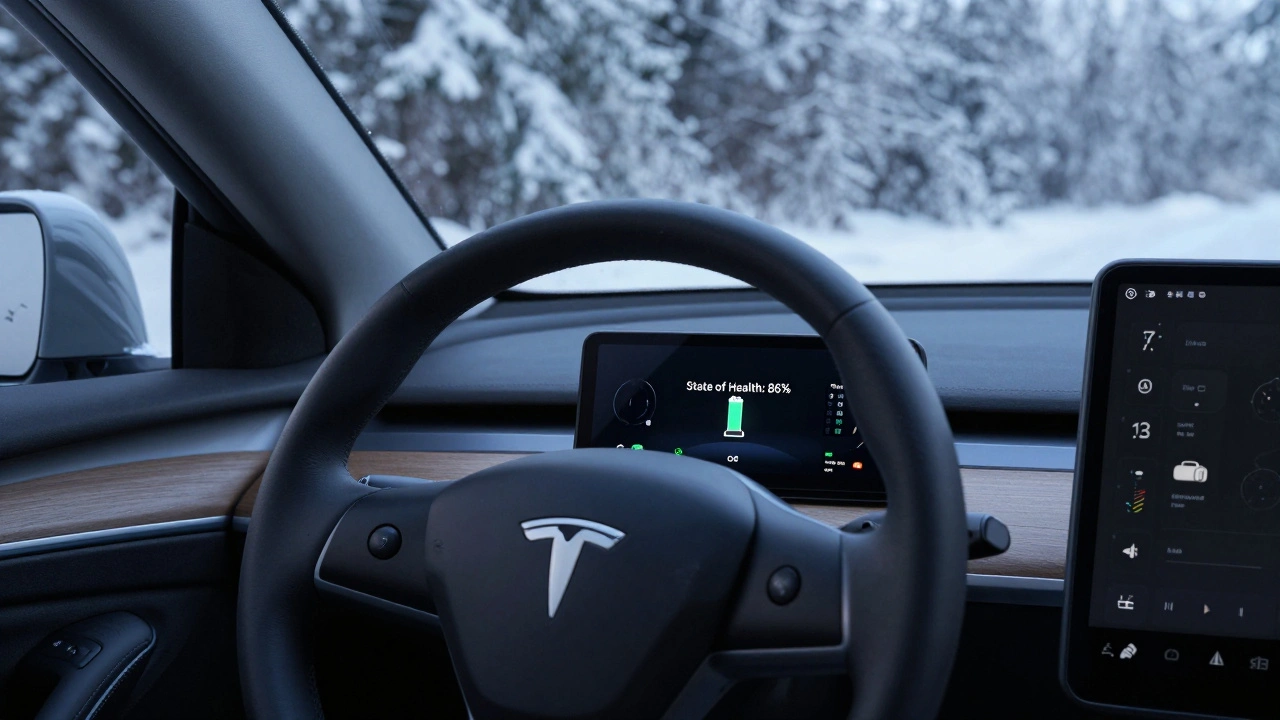Hybrid Vehicle Technology: How Cars Combine Power and Efficiency
When working with Hybrid Vehicle Technology, a system that pairs an internal combustion engine with an electric motor and a battery pack to cut fuel use and emissions, you’re tapping into a blend of two proven power sources. The electric motor, provides instant torque and can drive the car at low speeds works alongside the internal combustion engine, which delivers range and high‑speed power, while the battery pack, stores energy recovered through regenerative braking supplies electricity when needed. This combination lets the vehicle switch between power sources or use them together, a clear example of how hybrid vehicle technology combines engine efficiency with electric thrust.
Key Components and How They Work
Beyond the core trio, regenerative braking, captures kinetic energy during slowdown and feeds it back into the battery boosts overall efficiency by reducing waste heat. Plug‑in hybrids add a larger battery and external charging capability, enabling drivers to run short trips on pure electric power and rely on the engine for longer journeys. The system requires sophisticated control software that decides when to activate each component, ensuring smooth transitions and optimal fuel savings. As a result, hybrids often achieve 30‑50% better mileage than comparable gasoline‑only models, translating into lower fuel bills and a smaller carbon footprint.
The articles below dive deeper into each of these elements—safety features, performance upgrades, maintenance tips, and future trends that shape the hybrid landscape. Whether you’re curious about how regenerative braking extends battery life, which parts matter most for longevity, or what upcoming tech will push hybrids even further, you’ll find focused insights that turn theory into actionable knowledge.

Unlocking the Full Potential of Hybrid Automobiles
Explore how hybrid automobiles combine gasoline and electric power, their benefits, buying tips, and future trends in a clear, practical guide.




